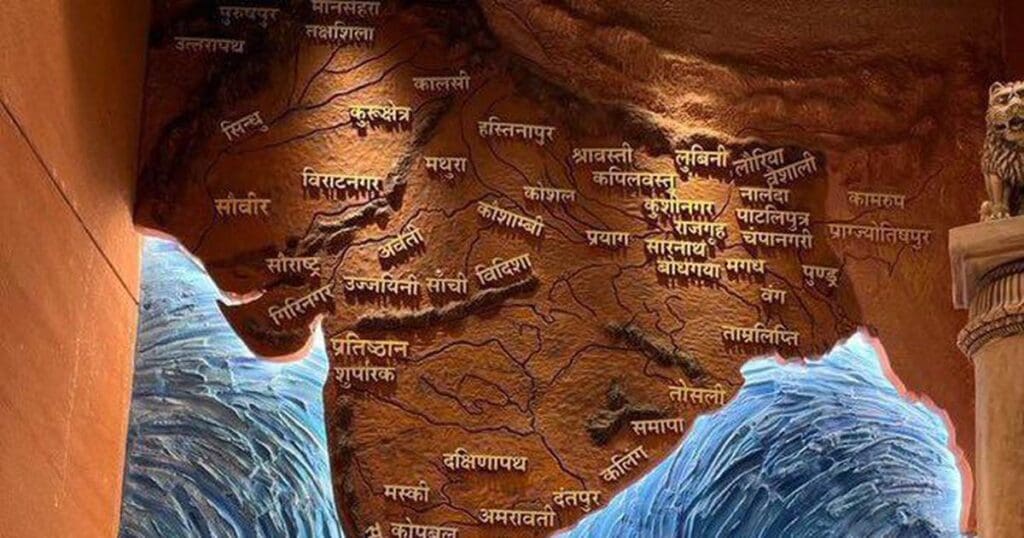
The Bangladesh government has asked New Delhi to issue a clarification about the mural of the Indian subcontinent in the new Parliament building.
This comes a week after Nepal had objected to the mural as it shows Lumbini – the birthplace of the founder of Buddhism Gautama Buddha – as part of it. Nepal considers Lumbini as one of the major cultural centres on its map. The foreign ministry of Pakistan has also objected to the mural.
Minister of State for Foreign Affairs in Bangladesh, Shahriar Alam, on Monday said that his government has asked its mission in Delhi to seek an official explanation on the matter.
Last month, India’s Union Minister Prahlad Joshi had described the mural as a depiction of “Akhand Bharat”, or unified India. “Akhand Bharat” is a concept espoused by Hindu nationalists envisaging that neighbouring countries Afghanistan, Bangladesh, Bhutan, India, Maldives, Myanmar, Nepal, Pakistan and Sri Lanka would become part of India.
In Bangladesh and Nepal, several political parties had criticised their countries being included in the mural.
Jatiyo Samajtantrik Dal, an ally of the ruling Awami League, said that there was no such thing as “Akhand Bharat” in the political map of India after 1947.
“The display of a map of undivided India in India’s parliament building is unwarranted,” the party’s chief Hasanul Huq Inu told Prothom Alo.
According to Mirza Fakhrul Islam Alamgir, the secretary-general of the Bangladesh Nationalist Party, displaying Bangladesh as part of the undivided map of any other nation was a threat to his country’s independence and sovereignty.



